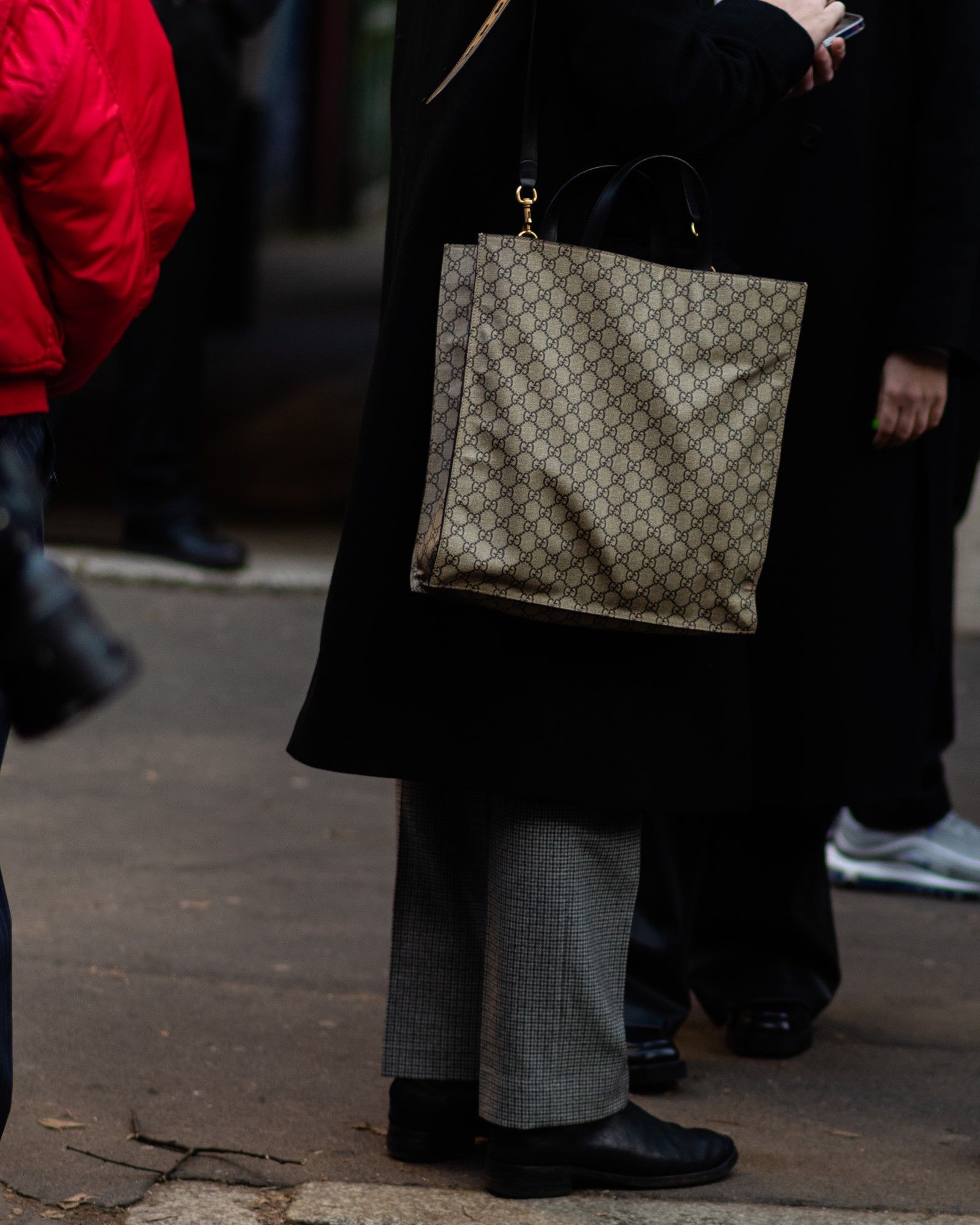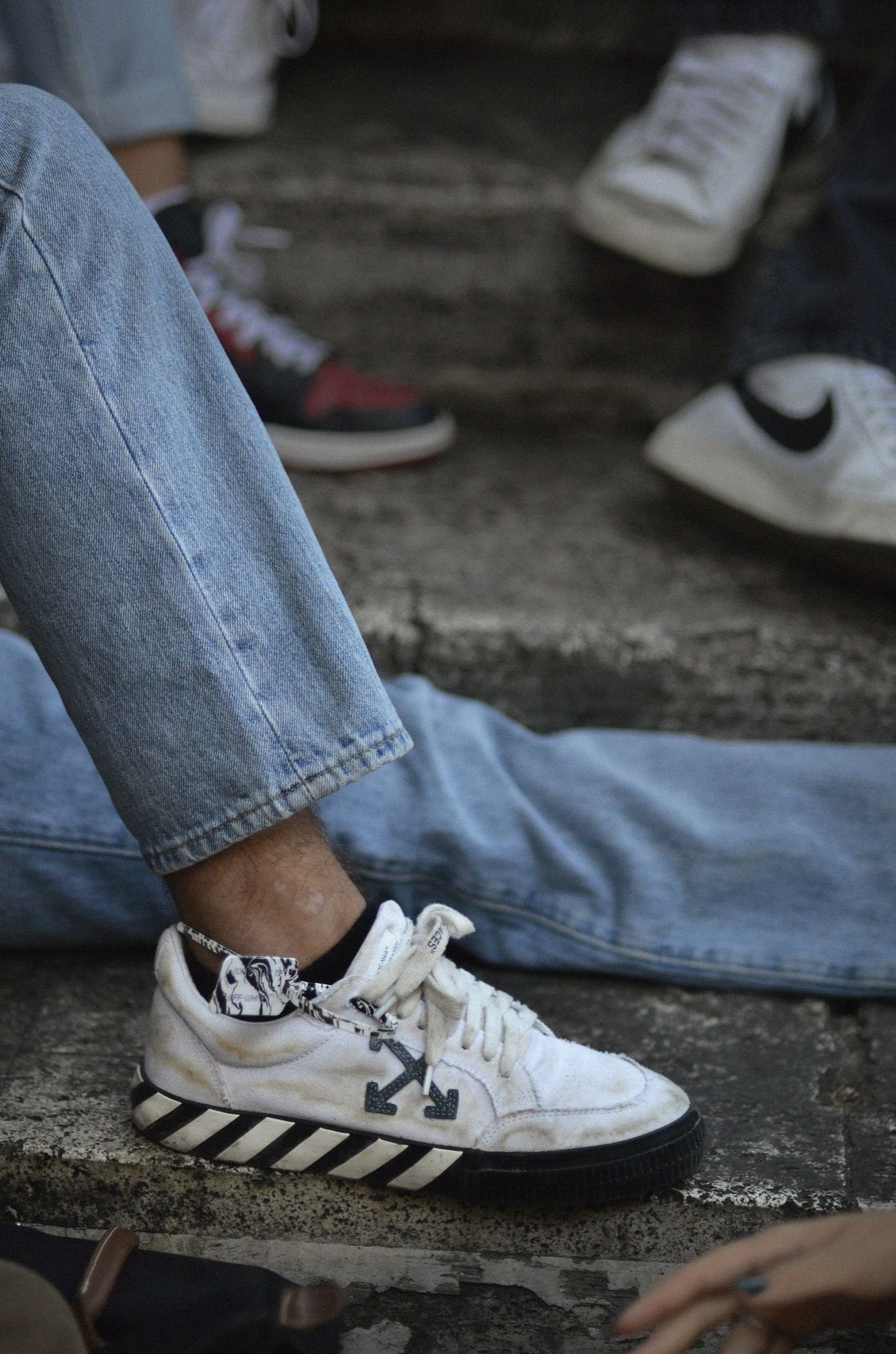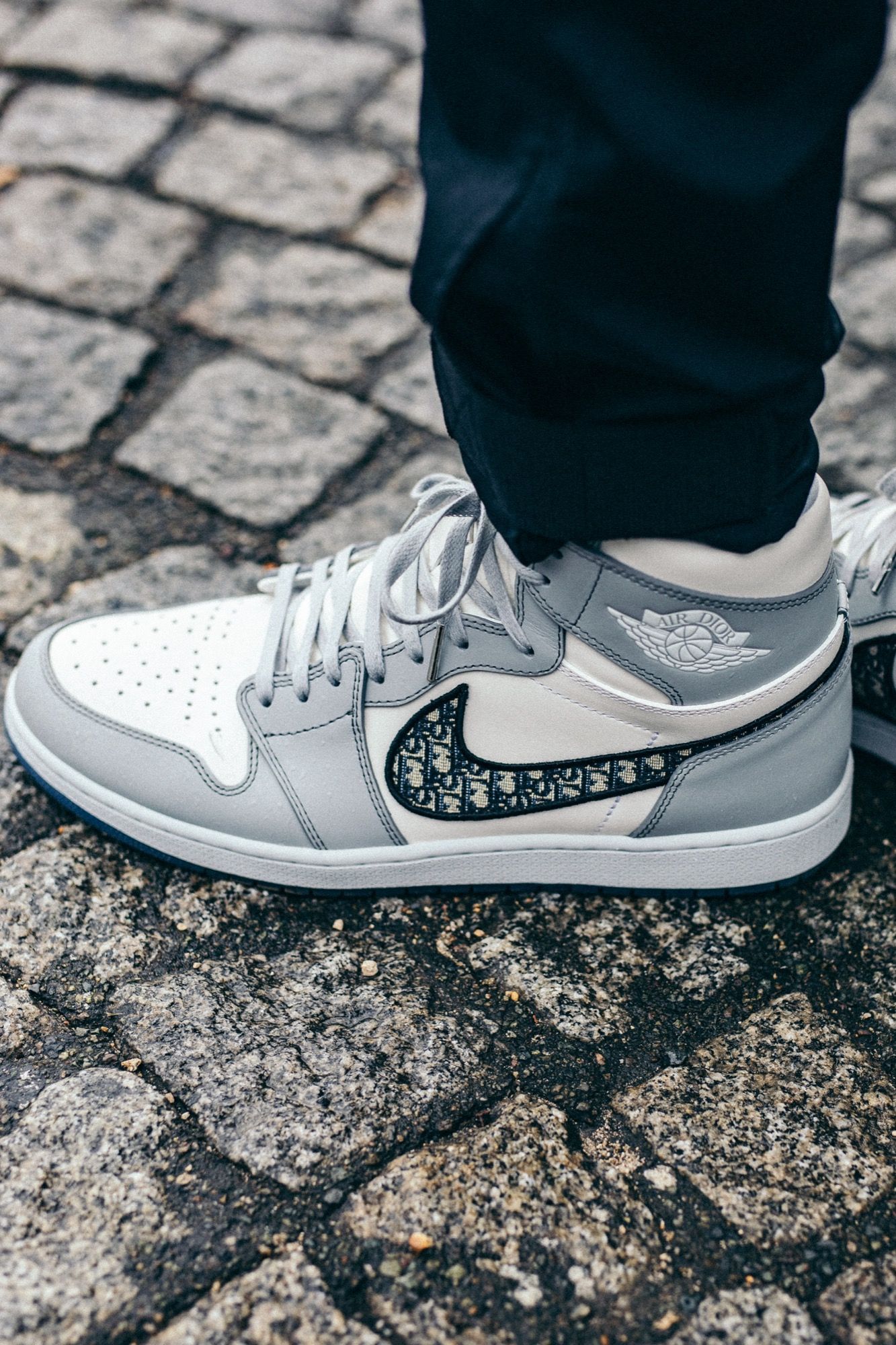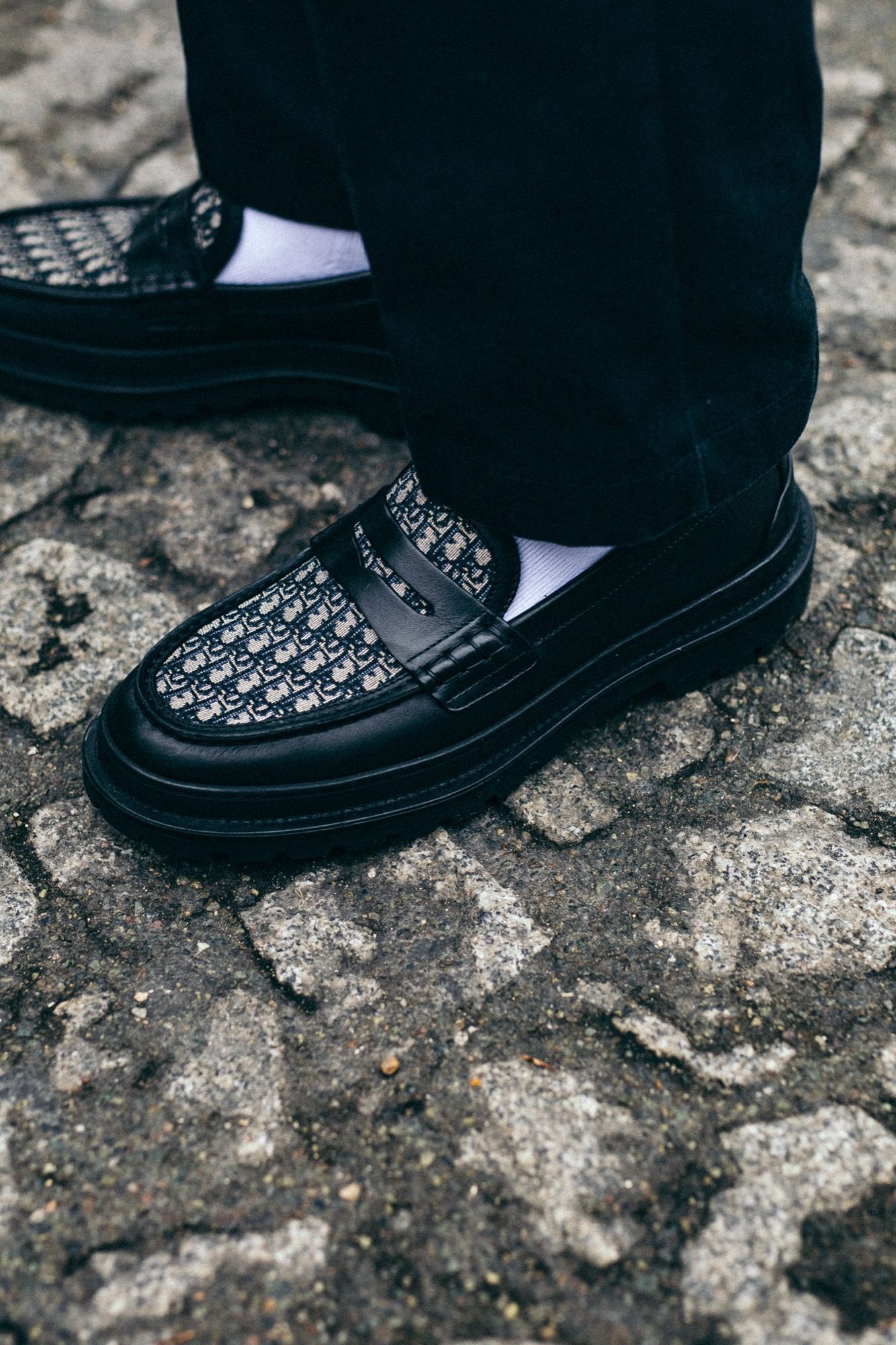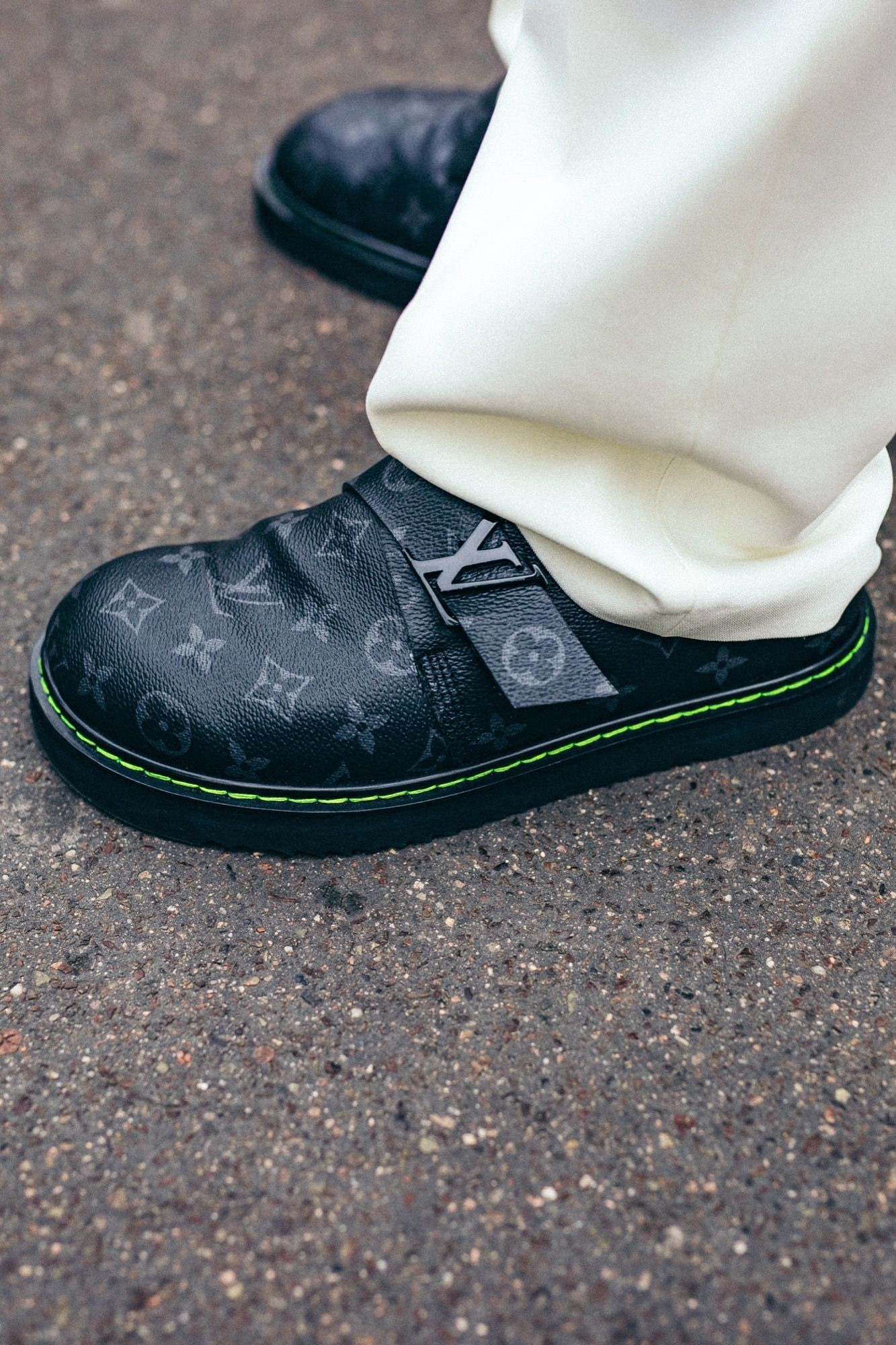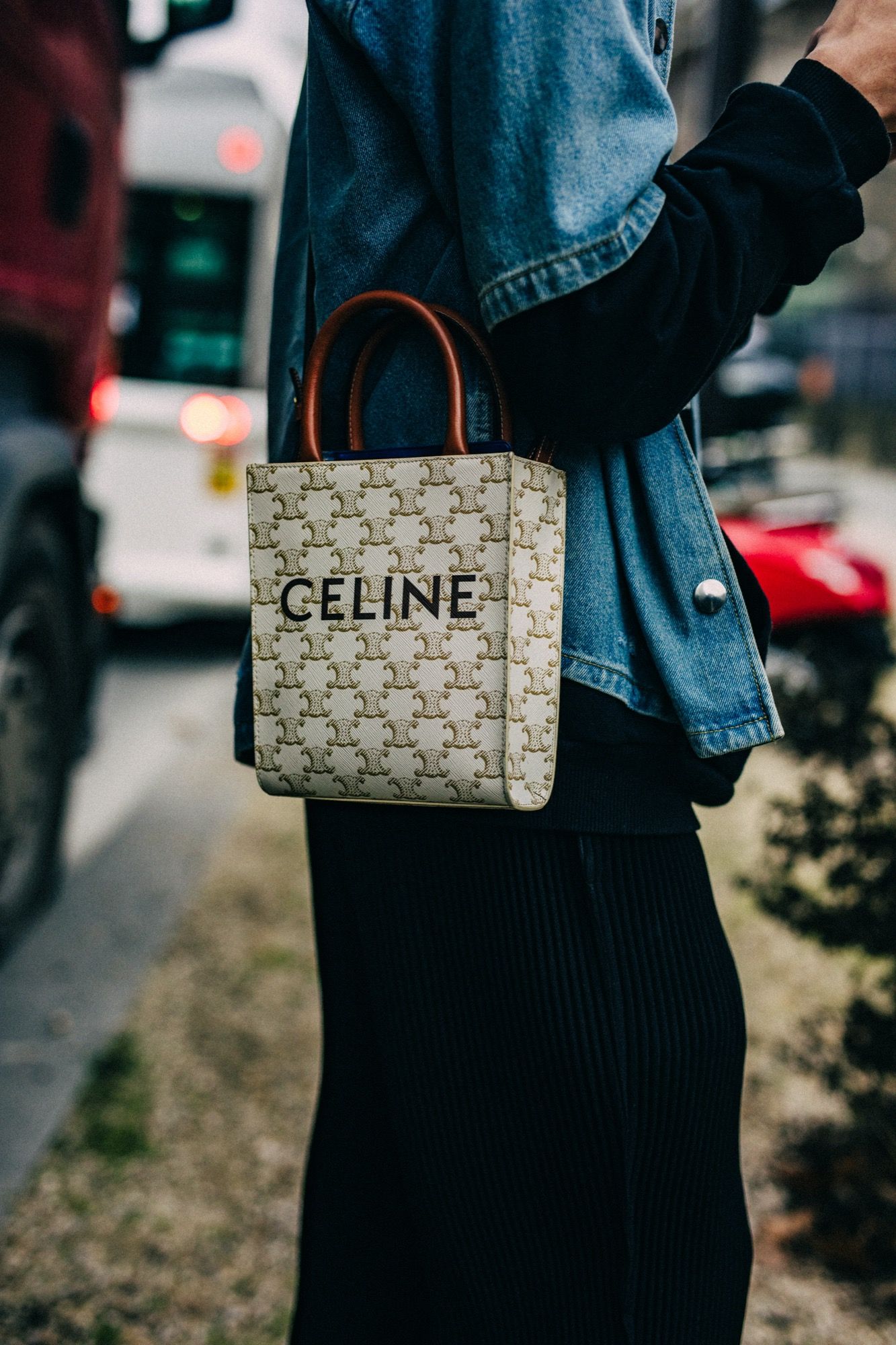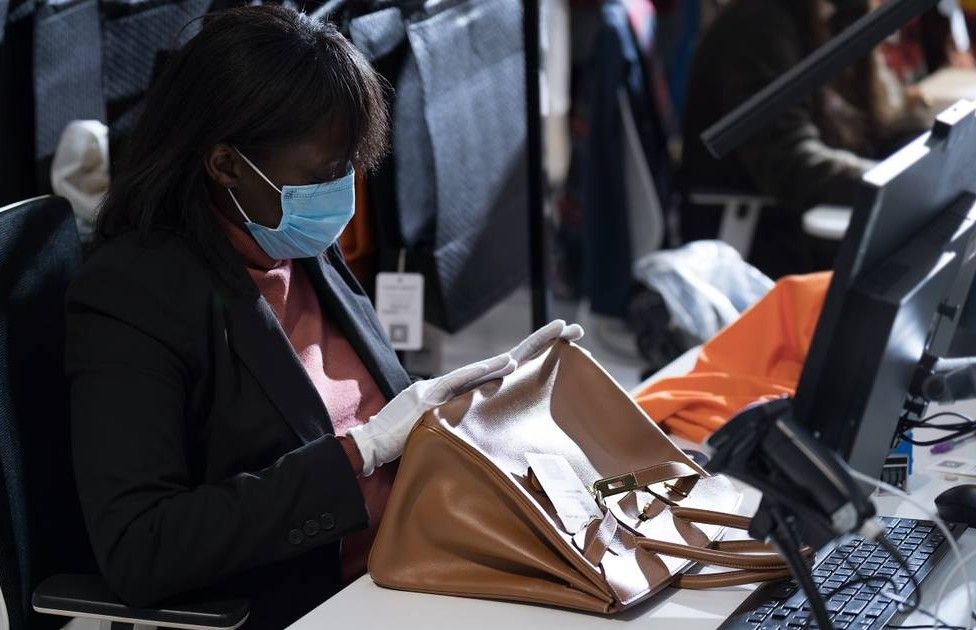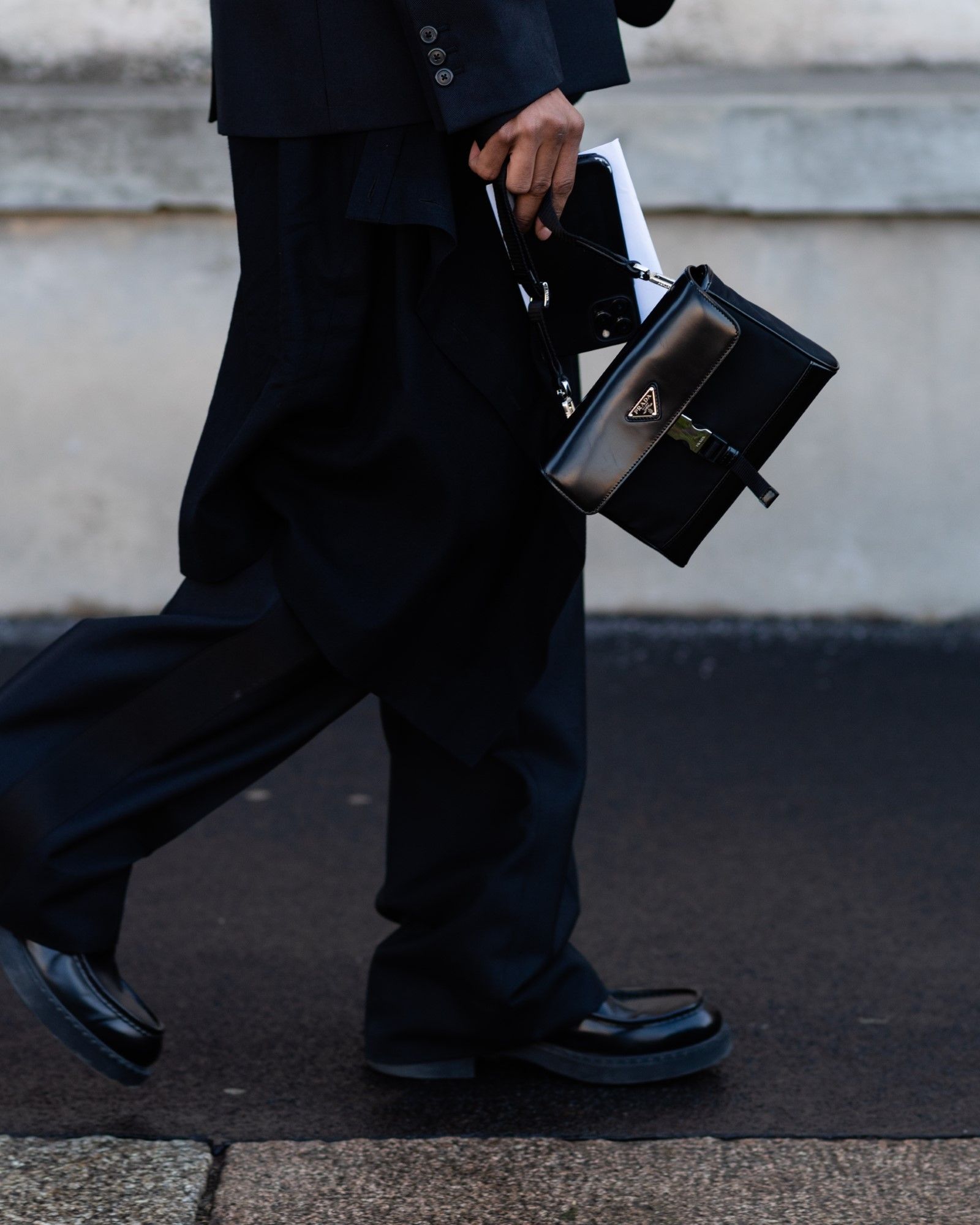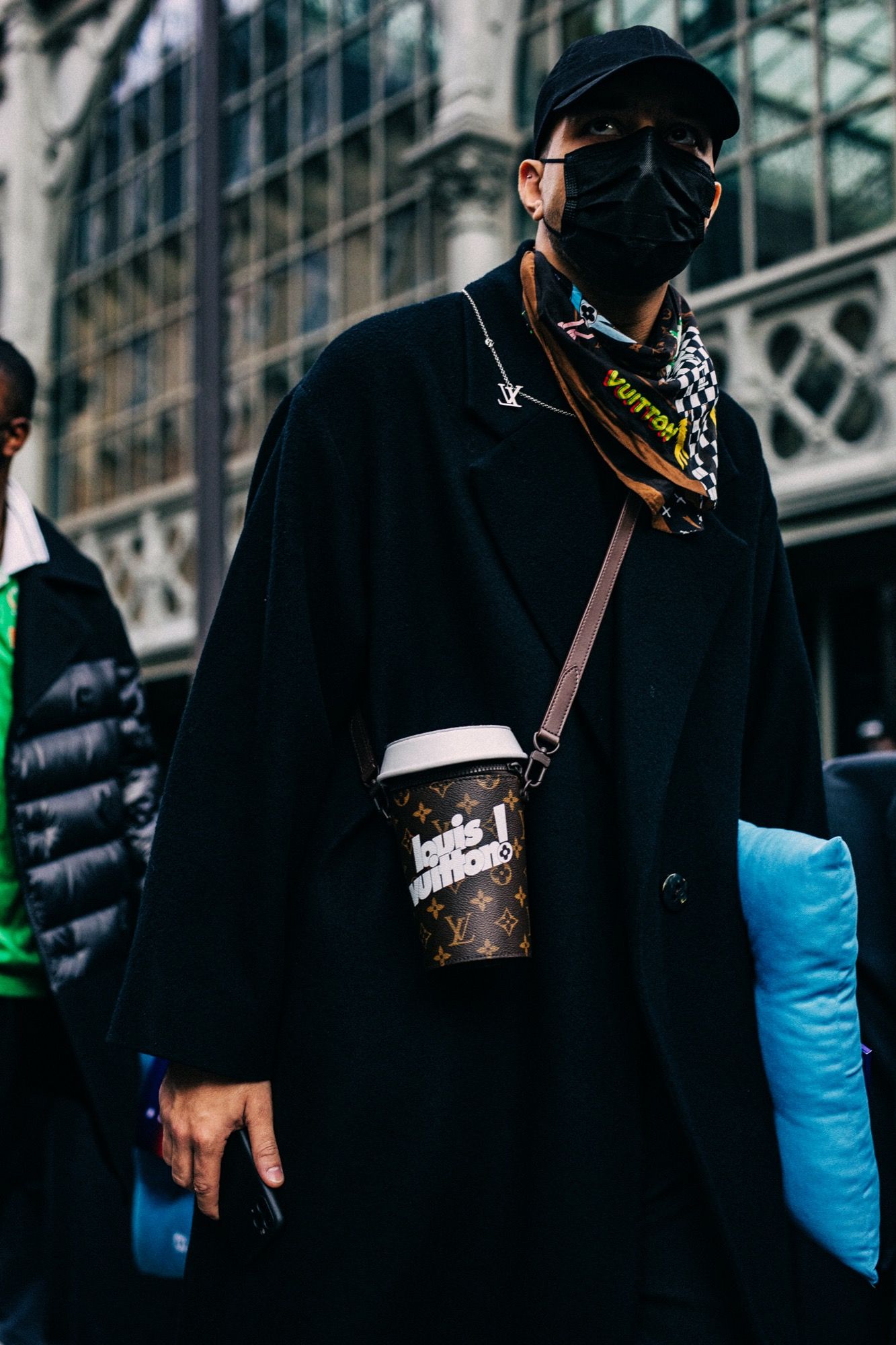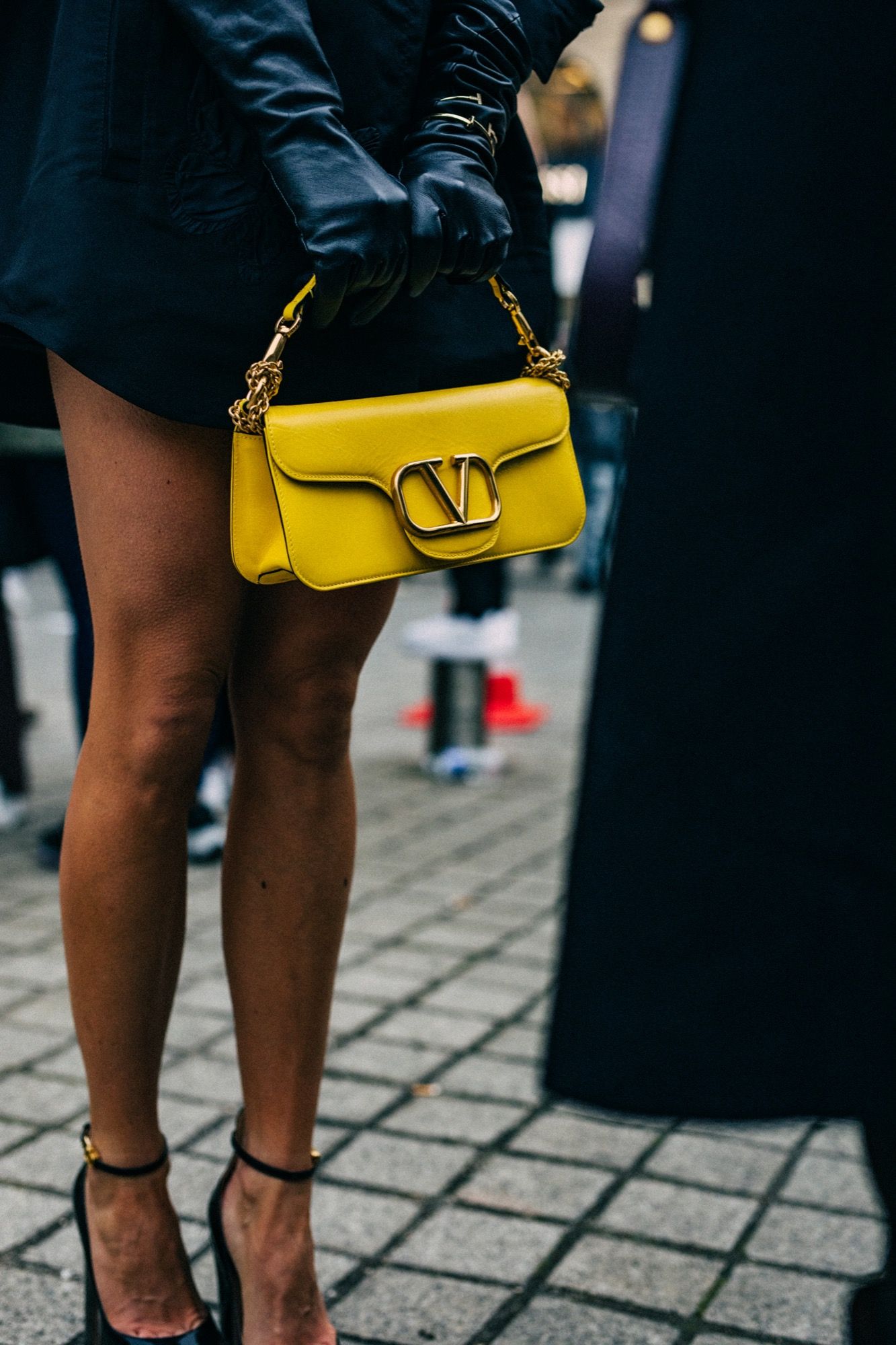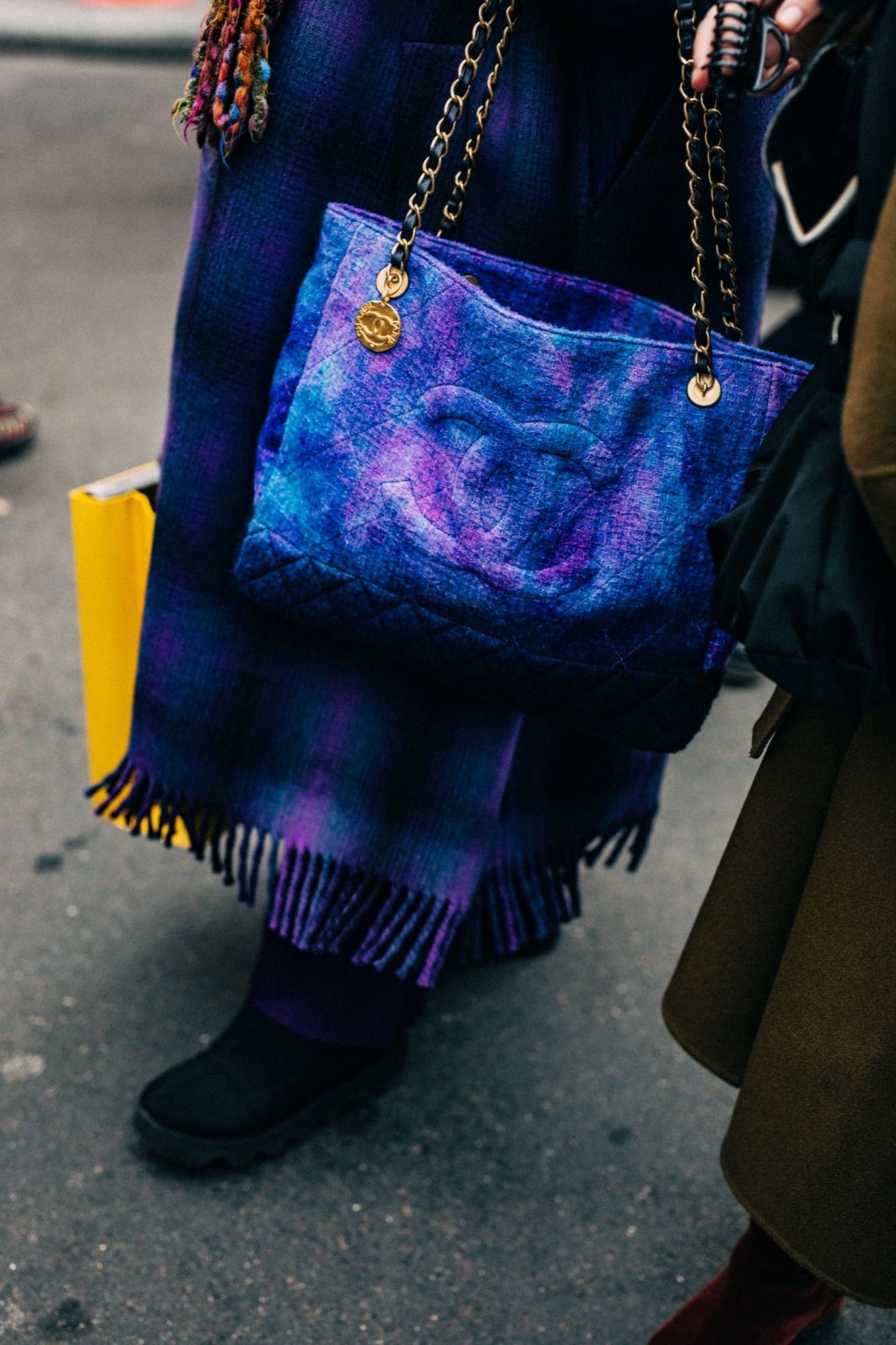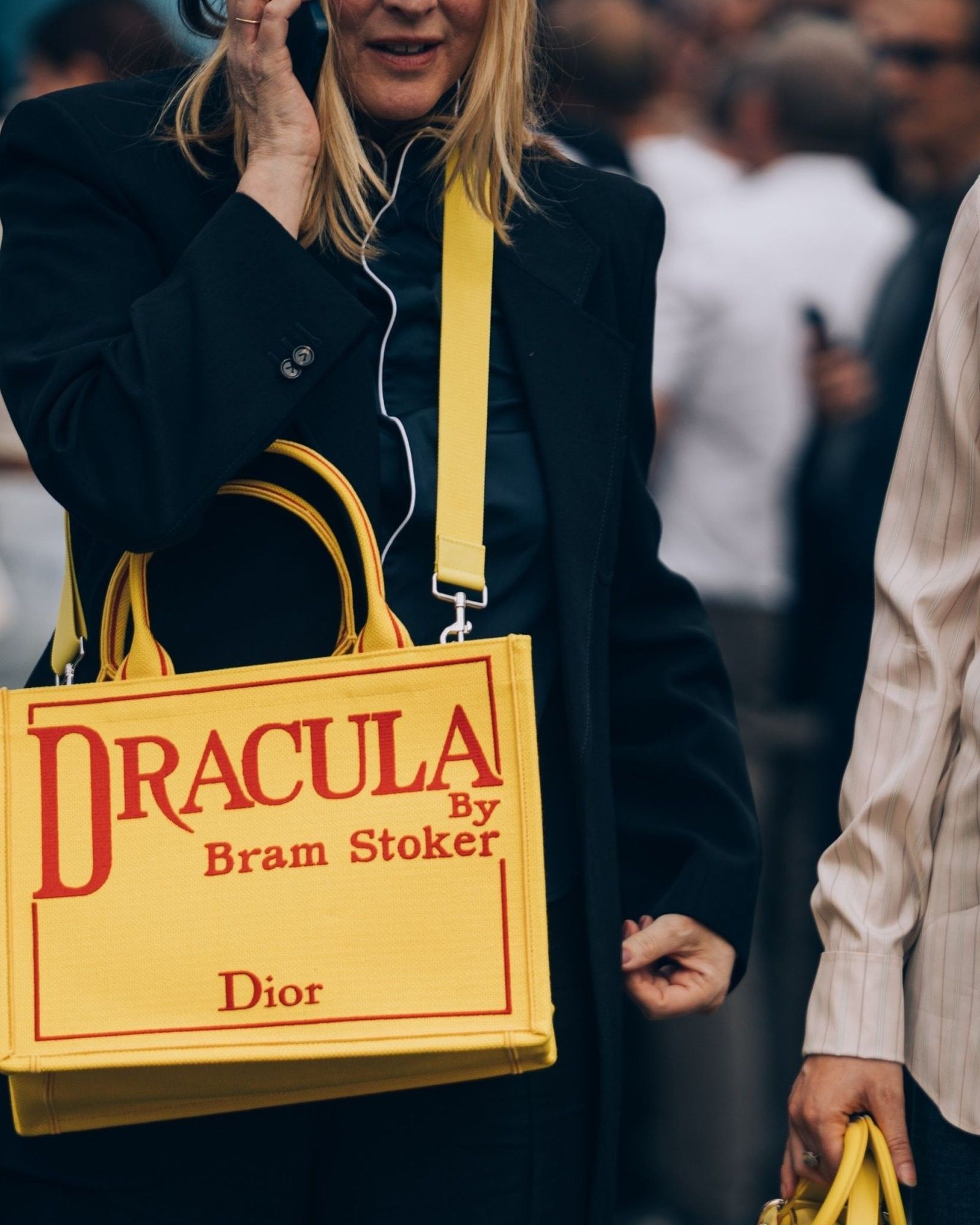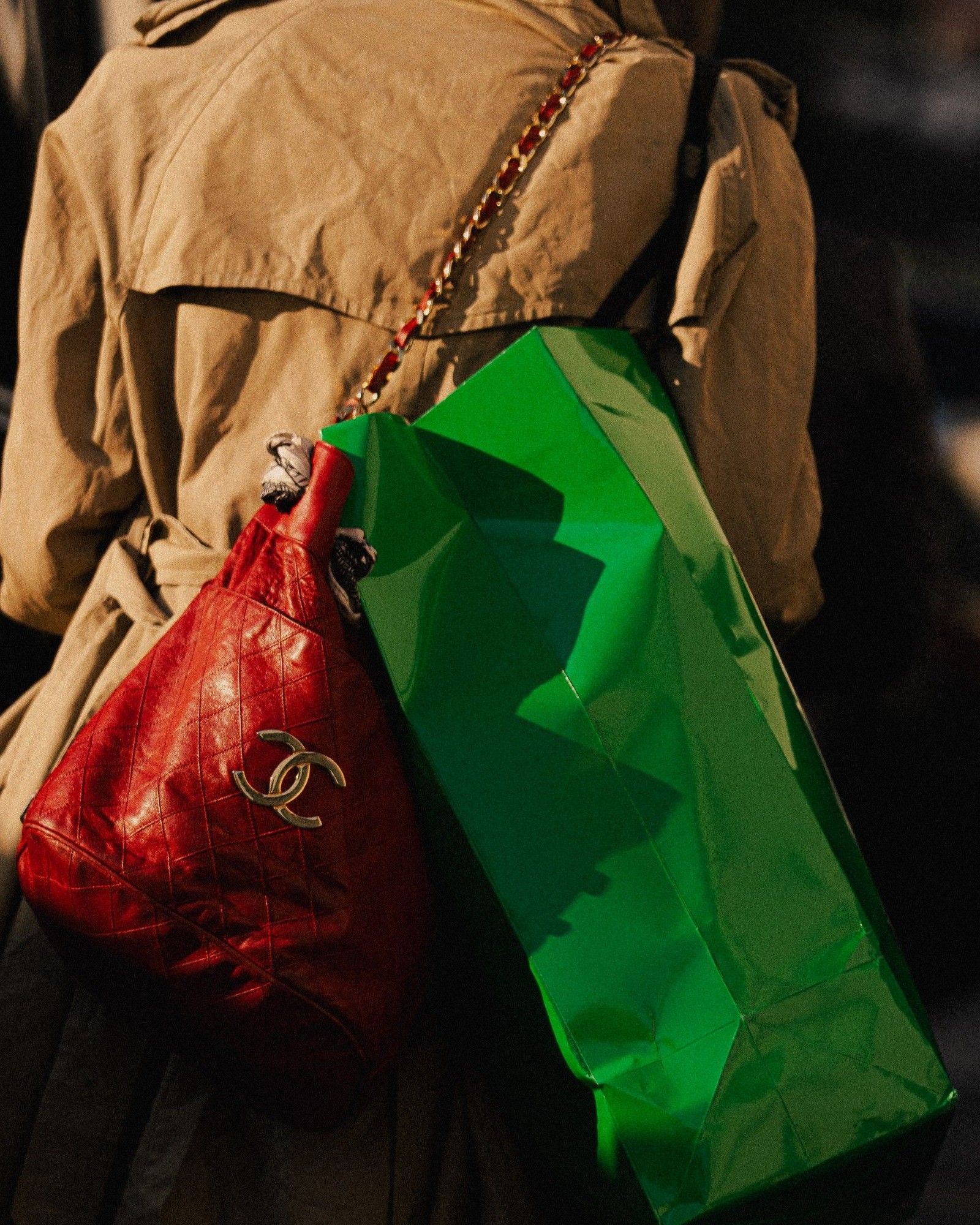
Authentication is the best hidden secret of the resell world And its expansion is already leading to the birth of a new specialized job market
Anyone who has a passion for secondhand luxury and spends hours studying all the news of Vestiaire Collective, StockX or Grailed, has also learned to recognize fakes: when you scroll through the photos of a garment you look at model numbers, label status, presence of branding inside and there are also some, more experienced, that recognize producers and manufactures, but also the era of this or that label. It is a completely empirical skill, developed by refining the eye and occasionally taking a few crabs – yet for the main resell platforms such as those we have just mentioned the authentication process is something essential but also difficult. «We have learnt the stringent rules on how to authenticate luxury fashion and accessories over time», explained to Vogue Business the board director of Hardly Ever Worn It, Rachel Reavley, «and that isn’t a handbook we want to give back to the marketplace or expose to counterfeiters». And, in fact, while the resell market continues to swell, even that of counterfeiting is becoming increasingly sophisticated in its copies and therefore the secrets of authentication become increasingly precious as well as the figure of those who carry out the increasingly sought after authentication process. To put it in the words of Derek Morrison, General Manager of StockX for EMEA, «our marketplace can’t function without guaranteed authenticity».
The problem of the story lies in the adjective "guaranteed": the world of resell is currently trying to solve the complicated issue of costs and flaws in the system, each with different methods. Grailed and Goat, for example, perform digital authentication, remotely, using machine learning and moderating communities. Other platforms such as Vestiaire Collective, StockX and The RealReal, on the other hand, rely on teams of specialized authenticators – although sometimes, in the case of Vestiaire for example, authentication can take place in digital form and physical verification required by paying a small surcharge, while still being able to choose direct shipping. At Vestiaire, there is an internal training program that begins with a three-month course, and continues with supervised authentication for another seven months with monthly refresher courses. At Goat the training lasts several months and ends only when the final test is passed with 100% of the correct answers.
When StockX arrived in Europe in 2018, the very first step was to open an authentication center in London – a facility that plays a critical logistical role in the "life cycle" of such a marketplace so much so that, in 2016, the first fake found by the company's team received a dedicated Instagram post. Obviously both methods have their flaws: if StockX remains perhaps the most stringent, as all the various products must be in mint condition, possess packaging and take the exam of a team of people and AI; huge marketplaces such as Vestiaire Collective, Grailed and The RealReal instead, while managing to identify most of the fakes, miss some of them or label authentic pieces as fakes, as evidenced by numerous Reddit threads. The most striking case occurred just before the pandemic, at the beginning of the expansion of the luxury resell. In 2019, in fact, The RealReal after an 11 million settlement to resolve a class action concerning the shortcomings of its authentication system, the company has multiplied its investments also publishing a document in which the step-by-step authentication process is described.
It is clear that all these shortcomings, which are still normal when it comes to the volume of business of the marketplaces we have mentioned, derives both from the mere mass of millions of users and hundreds of thousands of daily items to be examined through very precise checklists; and by the ever-increasing sophistication of copies. The most complicated part of the process, however, remains recruiting: there are no universities for authenticators and, examining the various statements of companies about it, we see how many teams are composed of professionals who come both from the world of auctions, such as Sotheby's or Christie's, as well as from online expert forums, who have developed a deep knowledge of models and materials. In an article on Medium, a user shows how a fake model of adidas Futurecraft 1.0 had been betrayed through light: the 3D printed sole of the sneaker was crossed by light, that of the fakes was not – and the details of the sole showed some inaccuracies in the finishes that proved its falsity. A type of detail, that is, that only those who make shoes and those who know them from top to bottom would be able to recognize.
It is a type of multidisciplinary learning (ranging from the history of fashion to watchmaking) that ends up accumulating and crystallizing: Vestiaire has a 600-page handbook regularly updated that contains all the indications to identify counterfeits; similarly StockX has a checklist consisting of over one hundred data points while services such as LegitGrail are being born that are basically independent authenticators that require each object to be verified by at least four different people while Trove, which is a kind of resell service provider for brands, just collaborating with them acquires the competence on the product from the same manufacturers. Recently, then, blockchain technology has become a new authentication method with the Aura Blockchain Consortium (the one formed by LVMH, Richemont, the Prada group and OTB) that «can give brands more control over stolen or fake goods, and it allows customers to maintain the value of their investment». Another example of technology applied to authentication by brands is the inclusion of a QR Code between the labels of the individual garment.
The number of initiatives, investments and experiments present today in the field of authentication, as well as the secrecy of handbooks that is growing, considering how every handbook or checklist is also a manual of the perfect counterfeiter, gives the measure with which the authentication job market is expanding and how it could give rise to the need for a category of specialized professionals. A category that would also be so transversal through different fields and skills that it could justify the birth of specialized courses in fashion schools, a step that would still testify to a complete recognition of the secondhand luxury market by individual brands – a "political" knot so to speak that at the moment is on the road to resolution.










































